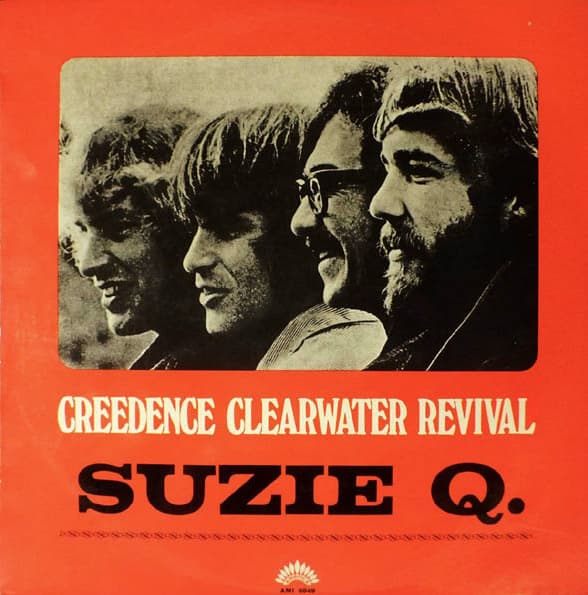
“Susie Q” by Creedence Clearwater Revival: A Timeless Rock Classic
Creedence Clearwater Revival made a bold entrance into the music scene with their 1968 rendition of “Susie Q”, a track that stands as a cornerstone of their early success. While the song itself wasn’t a creation of John Fogerty—the band’s primary songwriter—this particular hit became the group’s first major breakthrough. Originally written and performed by Dale Hawkins in 1957, “Susie Q” had already garnered a reputation as a rockabilly staple. But with Creedence’s unique spin on the track, it evolved into something far greater, bridging rockabilly, swamp rock, and the burgeoning psychedelic sounds of the late ’60s.
When Creedence Clearwater Revival released their version of “Susie Q”, it quickly climbed the charts, reaching number 11 on the Billboard Hot 100 in November of 1968. This milestone marked the band’s first Top 40 hit, a precursor to the string of iconic songs they would release in the years to follow. The fact that this was their only Top 40 hit not penned by John Fogerty makes it an even more intriguing part of their discography. Their take on “Susie Q” showcased their ability to reimagine a classic while infusing it with their signature gritty, Southern rock sound.
What makes the Creedence Clearwater Revival version of “Susie Q” stand out is its extended jam session, stretching the song to over eight minutes on the album. Fogerty’s decision to extend the track was deliberate, aiming to capture the attention of KMPX, a progressive rock station in San Francisco that favored longer, experimental tracks. The single version of the song, however, was divided into two parts, with the A-side featuring the first half of the track and the B-side carrying the second half. The smooth transition between guitar riffs and swampy rhythms creates an experience that’s more than just a song—it’s a journey into the heart of late ’60s rock.
One of the most striking moments in Creedence’s rendition is Fogerty’s incorporation of the main riff from “Smokestack Lightning” after the second verse, adding a layer of bluesy depth to an already rich track. The decision to borrow from this Howlin’ Wolf classic only deepened the connection between early rock ‘n’ roll, blues, and the evolving sound of psychedelic rock.
Although the Creedence Clearwater Revival version of “Susie Q” took some time to receive official recognition, it was certified Gold by the RIAA in December 1990 for shipping half a million copies and reached Platinum status in May 2019 for sales and streams of over a million. This lasting success speaks to the song’s enduring appeal across generations of rock fans.
In many ways, “Susie Q” set the stage for Creedence Clearwater Revival’s dominance in the rock scene. Its infectious groove, extended instrumental sections, and gritty Southern vibe captured the essence of a band ready to make its mark. Though it may have started as a cover, Creedence Clearwater Revival made “Susie Q” their own, cementing it as an iconic track that continues to resonate with audiences today.